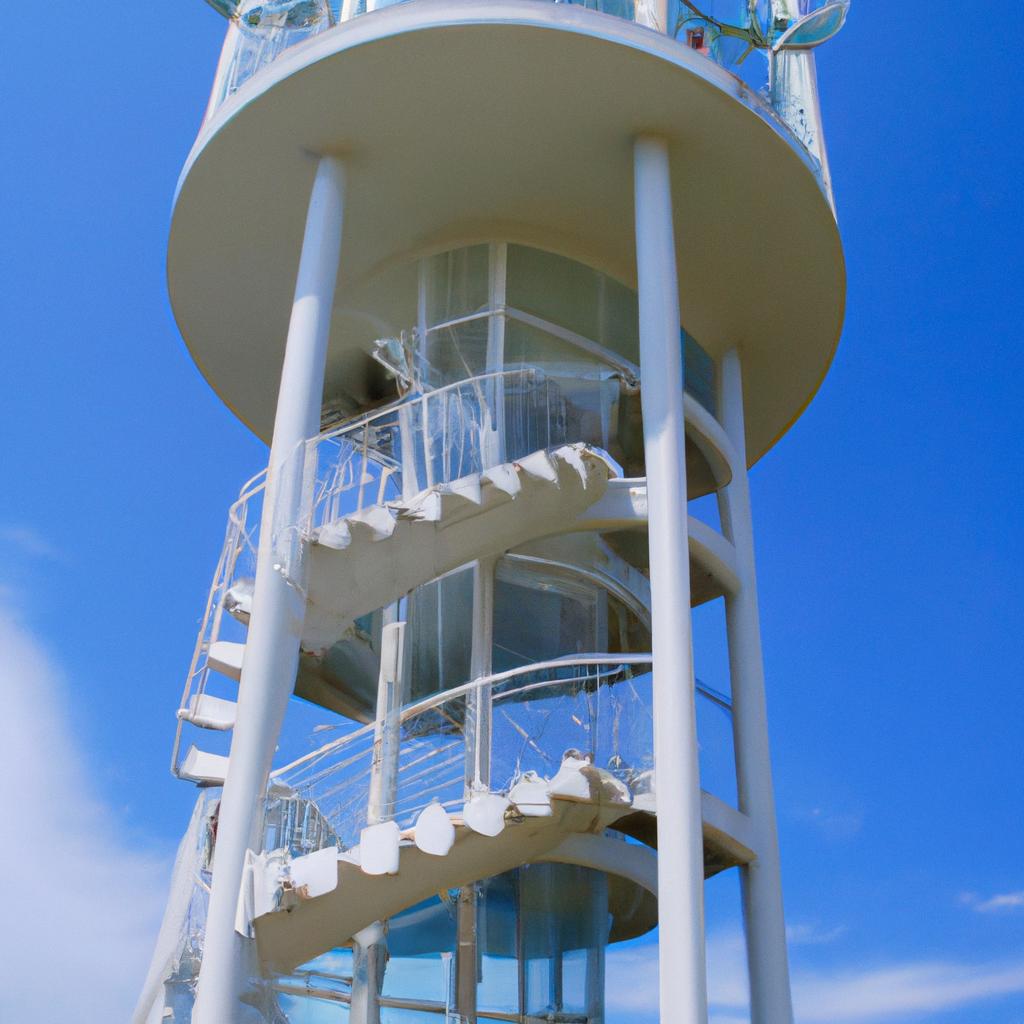Lookout towers have a rich history spanning centuries, serving as watchtowers, symbols of power, and signaling stations. Today, they have become sought-after attractions for nature enthusiasts, offering breathtaking views of the surrounding landscape. In this article, we will delve into the world of lookout tower design, exploring its historical significance, importance, and innovative ideas that enhance the overall experience.
Definition of Lookout Tower Design
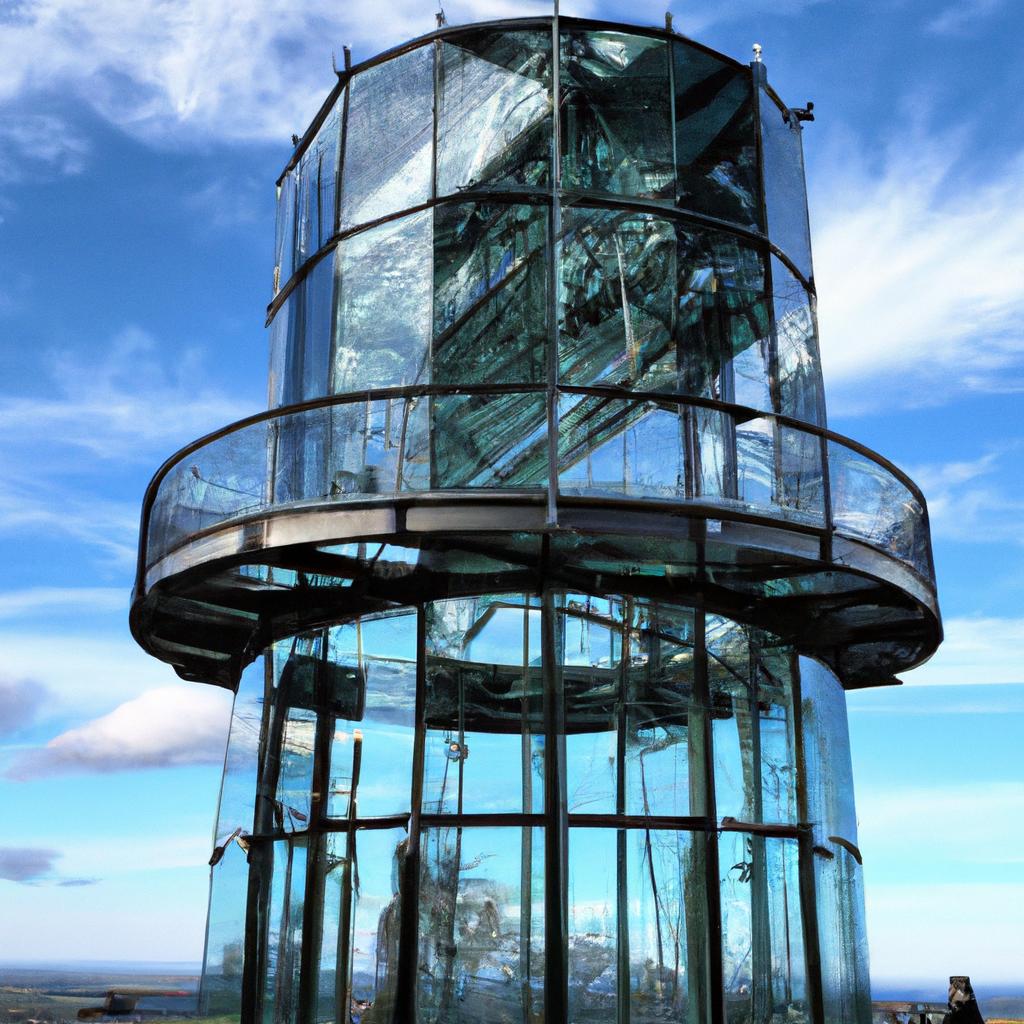
A lookout tower is a structure built atop hills or mountains, providing a panoramic view of the surrounding area. Made of wood or steel, lookout towers can be freestanding or attached to buildings. They serve various purposes, including fire observation, wildlife observation, and tourism.
Importance of Lookout Towers
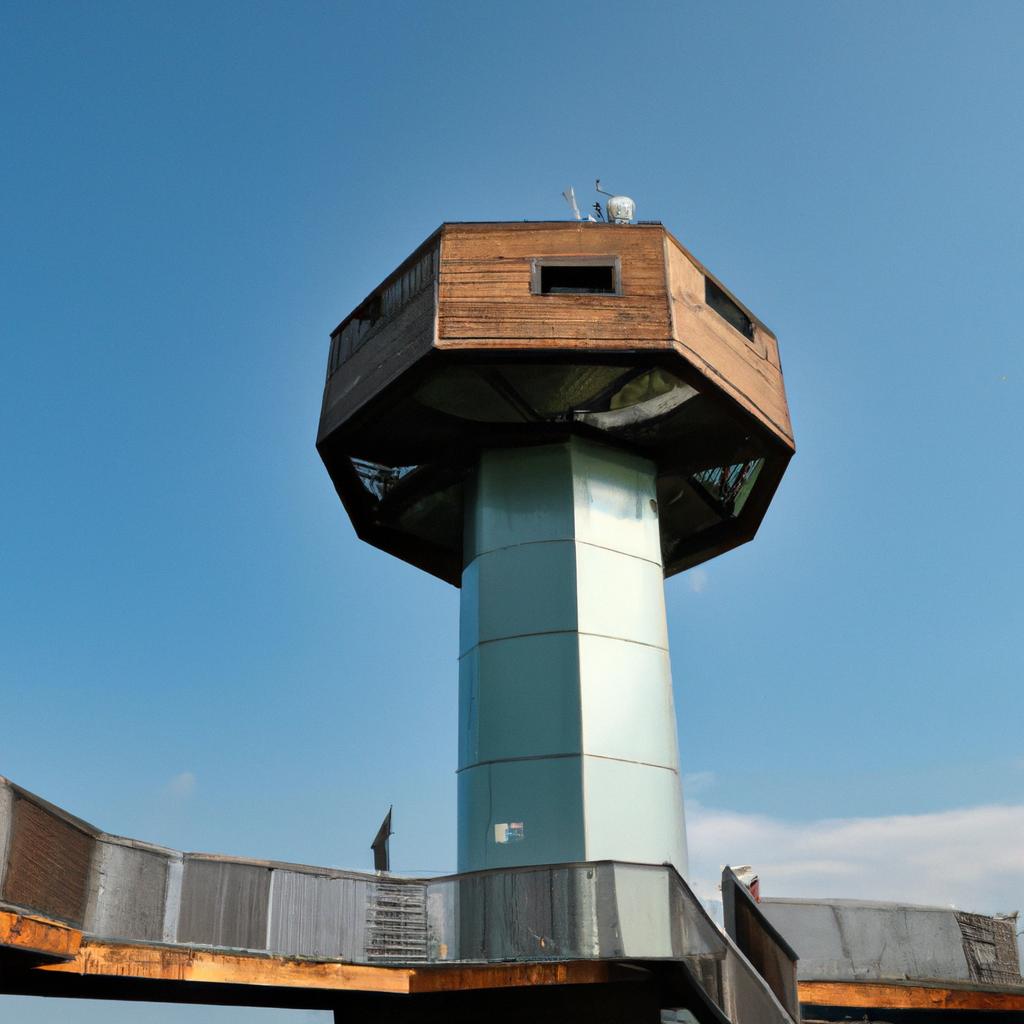
Lookout towers offer a unique outdoor experience, connecting visitors with nature and providing an opportunity to learn about local flora, fauna, and the area’s history. They offer unrivaled vantage points to appreciate the natural world.
Overview of the Article
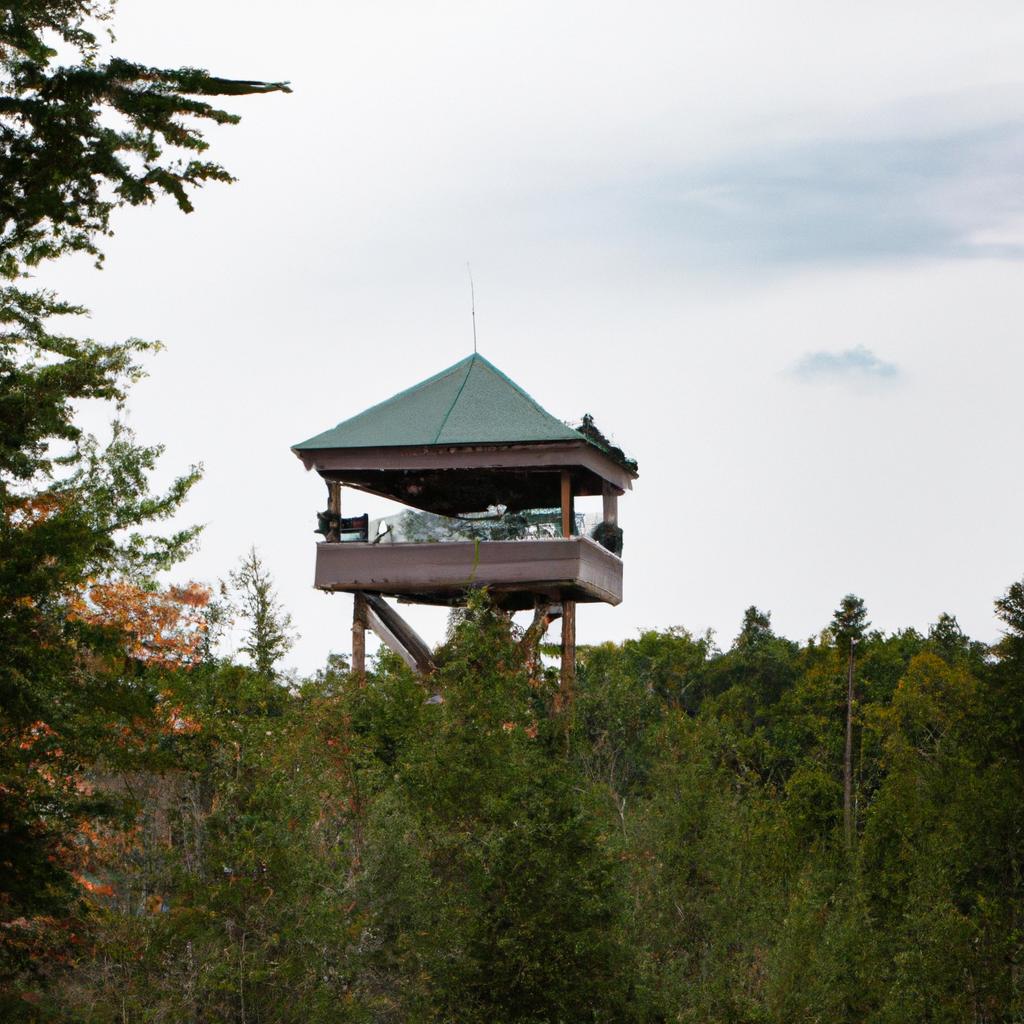
This article aims to inspire innovative ideas for lookout tower design. We will explore the critical factors to consider, such as location, height, materials, and accessibility. Additionally, we will delve into unique designs, including the use of sustainable materials, technological integration, and creative architectural concepts, all intended to provide visitors with extraordinary experiences. Lastly, we will showcase remarkable lookout towers worldwide, offering examples of iconic and distinctive structures that grant a unique perspective.
Stay tuned for an invigorating and enlightening journey through lookout tower design!
Historical Significance of Lookout Towers
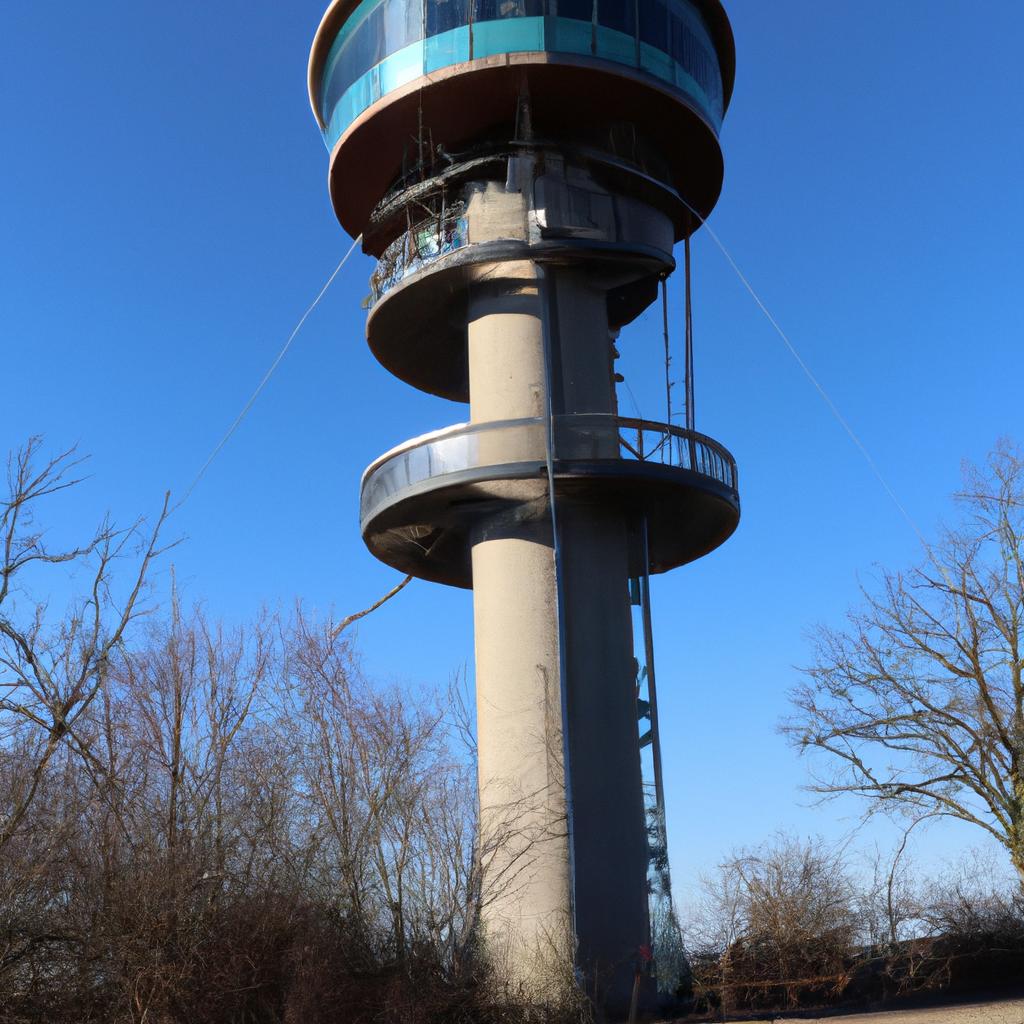
Brief History of Lookout Towers
Lookout towers have a rich historical background, dating back to ancient times when they served as watchtowers for community protection. In the Middle Ages, lookout towers became integral parts of castles and forts, bolstering defenses. Throughout the 20th century, lookout towers played a critical role in forest management and fire prevention. The first fire lookout tower was constructed in the United States in 1905, with over 5,000 towers established nationwide by the 1930s.
Changes in Design and Construction over Time
As lookout towers’ roles transformed, their design and construction evolved accordingly. Early lookout towers predominantly featured wood construction atop stone foundations. Later, taller and more robust steel towers emerged. In the 1930s, the Forest Service standardized lookout tower design, leading to the popular L-4 and L-5 models.
The Role of Lookout Towers in Forest Management and Fire Prevention
Throughout the 20th century, lookout towers played a pivotal role in forest management and fire prevention. Manned by fire lookouts, these towers became crucial observation posts for detecting smoke and fires in the surrounding areas. Rapid reporting from lookouts allowed the Forest Service to dispatch firefighting crews promptly. While technology has replaced many lookout towers today, their historical importance in forest management and fire prevention remains undeniable.
Factors to Consider in Lookout Tower Design
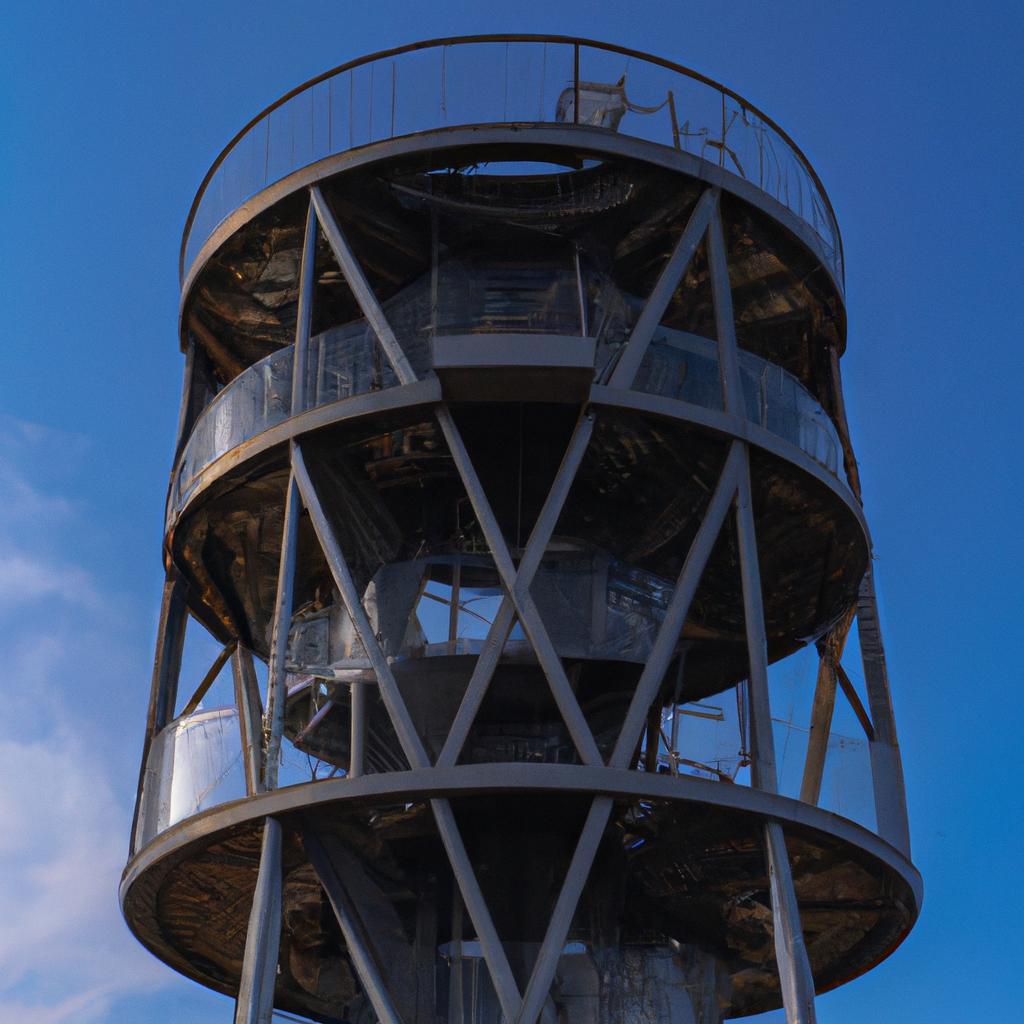
When designing a lookout tower, several key factors must be carefully considered to ensure safety, accessibility, and functionality.
Location and Site Selection
Choosing the tower’s location and site is paramount. It must provide an unobstructed view while remaining accessible to visitors. Stability and load-bearing capacity are crucial, and designers must prioritize minimizing any impact on the environment and natural surroundings.
Height and Structural Considerations
Determining the tower’s optimal height is crucial to provide a panoramic view while balancing stability. Sturdy structures that can endure strong winds and environmental factors are essential. Additionally, a robust foundation capable of supporting the tower’s weight is critical.
Materials and Construction Methods
Materials play a vital role in ensuring durability and safety. Lookout tower materials must withstand the elements and provide enduring structures. Careful consideration must be given to construction techniques that meet safety standards and building codes.
Accessibility and Safety Measures
Ensuring easy visitor access and implementing comprehensive safety measures is paramount. Clear pathways, handrails, and guardrails are essential features to prevent accidents and prioritize visitor safety.
By thoughtfully considering these factors, designers can create aesthetic, safe, and functional lookout towers.
Innovative Lookout Tower Designs
Lookout towers continuously evolve as designers pioneer new and innovative ideas to enhance visitor experiences. Here are some exciting concepts in lookout tower design:
Use of Sustainable Materials and Eco-friendly Features
Sustainability increasingly takes center stage in our world. Designers are incorporating eco-friendly materials like recycled shipping containers or sustainably sourced bamboo and wood. Additionally, integrating features such as solar panels and rainwater harvesting systems contributes to the eco-friendliness of lookout towers.
Incorporation of Technology and Interactive Elements
Technology has revolutionized our experiences, including lookout towers. Virtual reality technology provides visitors with immersive panoramic views, while touchscreens and augmented reality enhance knowledge about local flora and fauna. These interactive elements create memorable and engaging experiences.
Creative Designs for Unique Experiences
Designers are pushing boundaries, resulting in captivating lookout tower designs. Rotating towers provide visitors with an ever-changing view, while hanging towers offer bird’s-eye perspectives. These creative designs offer unforgettable experiences for visitors.
Innovation in lookout tower design combines enhanced experiences with sustainability, creating a win-win situation for nature enthusiasts.
Lookout Towers Around the World
Lookout towers are not limited to remote locations; they can be found in urban areas as well, providing unique perspectives of cities. Here, we showcase various lookout towers worldwide, highlighting iconic and distinctive structures.
Examples of Iconic Lookout Towers
Eiffel Tower, Paris
The Eiffel Tower, built in 1889, is perhaps the world’s most famous lookout tower. Standing tall at 324 meters, the tower offers breathtaking views of Paris and has become an iconic symbol of France.
Tokyo Tower, Japan
Located at the heart of Tokyo, the Tokyo Tower stands at 332.9 meters and serves as a communications and observation tower. Visitors can enjoy spectacular views of the city, particularly at night when the tower illuminates the skyline.
Unique Lookout Towers in Different Countries
TreeTop Walk, Singapore
Located in Singapore’s central catchment area, the TreeTop Walk is a remarkable lookout tower. A suspension bridge extending 250 meters connects the area’s highest points, granting visitors a bird’s-eye view of the forest canopy.
The Shard, London
The Shard, a skyscraper in London, offers a distinctive perspective of the city. Standing at 310 meters, it features an observation deck on the 72nd floor, providing visitors with a 360-degree view of London’s magnificent landscape.
These showcased examples are just a glimpse of the many lookout towers worldwide. Each tower provides a unique perspective, making them must-visit attractions for travelers.
Conclusion
In conclusion, lookout tower design plays a significant role in elevating outdoor experiences. Lookout towers offer unmatched perspectives and allow visitors to forge connections with nature. As eco-tourism gains popularity, lookout towers provide a sustainable way to immerse oneself in natural surroundings.
This article explored the historical significance of lookout towers, critical design considerations, innovative ideas, and showcased exceptional lookout towers around the world.
As passionate outdoor enthusiasts, let us continue to appreciate and preserve our natural surroundings. Lookout tower design offers a remarkable avenue to achieve these goals, providing sustainable ways to experience the great outdoors.
So, if you are planning your next adventure, consider visiting a lookout tower. And if designing a lookout tower piques your interest, use the ideas presented in this article to create an unforgettable and exceptional experience.
Thank you for reading, and stay tuned for more captivating articles from TooLacks!
